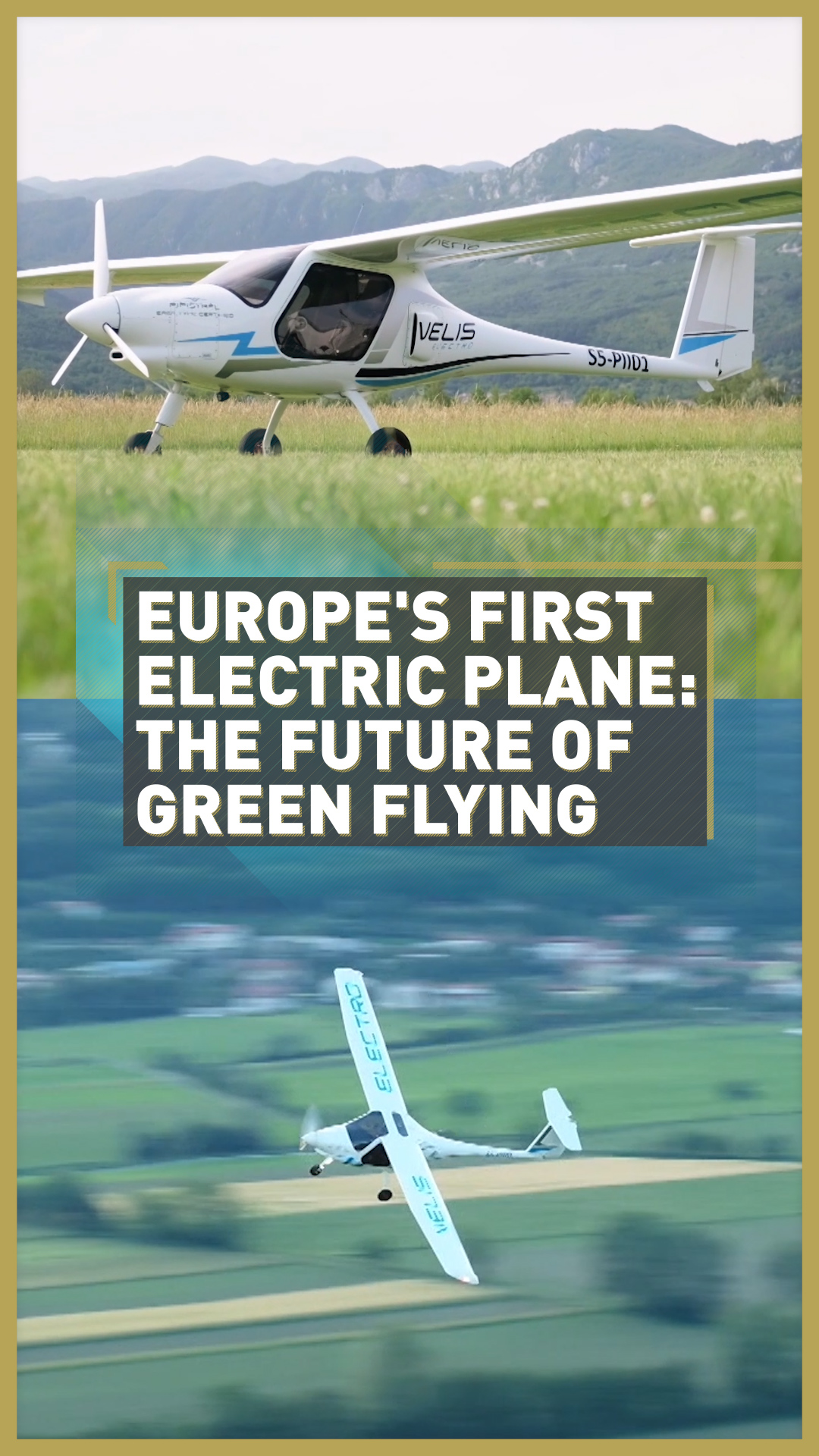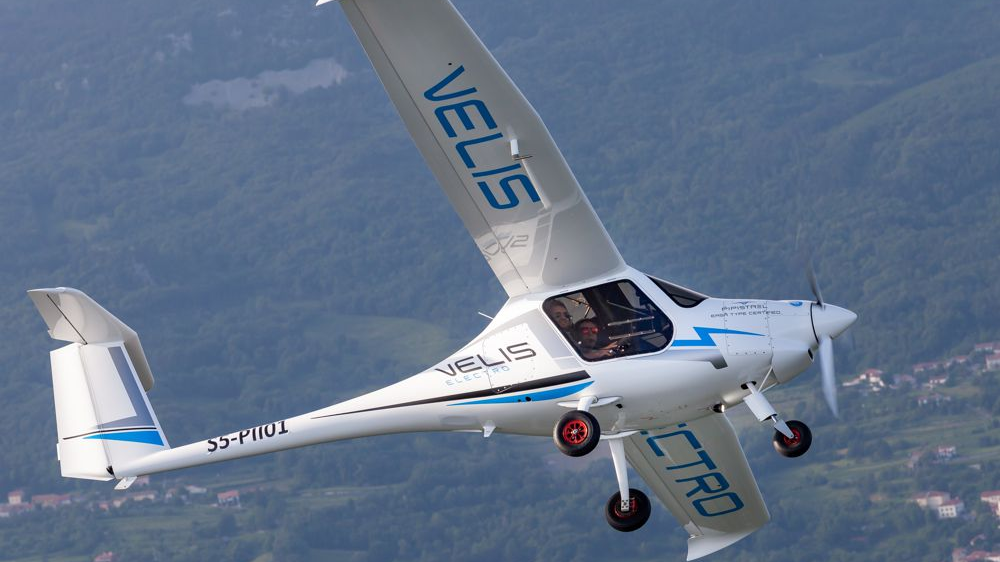02:41

The European Union Aviation Safety Agency (EASA) has certified a fully electric, battery-powered aircraft in Europe for the first time.
In a move that was described as a historical moment for the aviation industry, EASA issued a certificate for Velis Electro, an aeroplane produced by Slovenian company Pipistrel.
The company's founder, Ivo Boscarol, has been compared to Elon Musk for his innovative development of environmentally-friendly, next-generation aircraft.
He said: "This type of certification for the Pipistrel Velis Electro is the first step towards the commercial use of electric aircraft, which is needed to make emission-free aviation feasible."
Pipistrel creates electric propulsion aircraft powered by batteries, hydrogen or hybrid technology and is one of several similar companies in Slovenia, marking the country out as one of the world's leading nations in green aircraft development.

Pipistrel believes this is the first step towards the commercial use of electric aircraft. /Pipistrel
Pipistrel believes this is the first step towards the commercial use of electric aircraft. /Pipistrel
The success of Pipistrel has led to a $500m deal with Chinese firm Sino GA. Two factories in China are currently under construction for the production of Pipistrel electric aircraft.
Many startups in Slovenia are now hoping to emulate their success and are trying to lead the way in showing the aviation industry where it should be heading in terms of creating zero-emission aircraft.
For the last 50 to 60 years, basically there was no major breakthrough in aviation. Current engines are pieces of technology that are 60-years-old
- Luka Znidarsic, co-founder of electrical propulsion technology company FES
The work of Boscarol inspired Luka Znidarsic, the co-founder of electrical propulsion technology company FES, to develop sustainable tech to power gliders. Now, 250 gliders around the world are using his invention.
"For the last 50 to 60 years, basically there was no major breakthrough in aviation," he told CGTN at Lesce sport airfield in north Slovenia. "Current engines, like Cessna's Piper Pawnees, are pieces of technology that are 60 years old – nothing has actually changed."
Back in Pipistrel, Tine Tomažič, director of research and development, believes these engines could face serious competition from electric versions within the next decade.
Read more: The future of tourism could be flightless in the post-pandemic world
"Within the next 10 years, it is reasonable to expect zero-emission 20-seater aircraft, with 40-seaters coming quickly after that," he says. "A timeframe of 2032 to 2035 would be a reasonable estimate.”
Tomažič also believes that battery-powered aircraft could provide the best solution for taxis operating around the city.
"Common blocks could be used between the aviation and automotive industries. As an example, hydrogen-based technology, fuel tanks or regulators, valves or safety equipment could be shared between the two. Technology is being developed hand in hand."
Pipistrel is currently working on two ground-breaking aircraft: a 19-seater hydrogen-powered long-range airplane, and a five-seater battery-powered air taxi.
In the years to come, the aviation industry could write several new chapters in its history, with Slovenia and Boscarol likely to be at the heart of it.
Video editor: Riaz Jugon